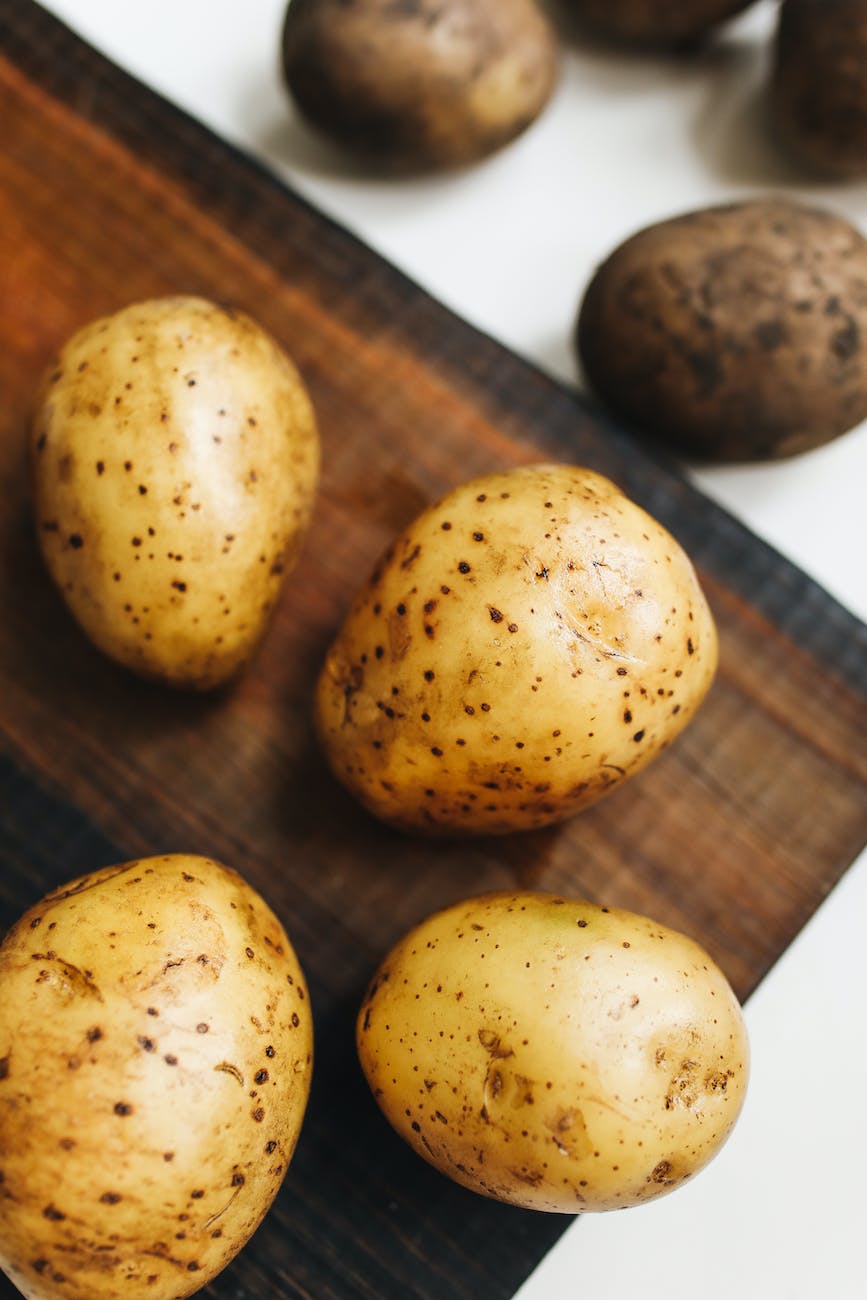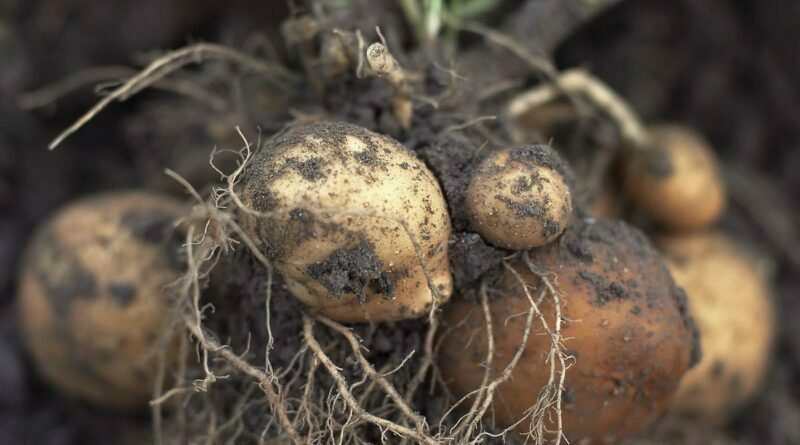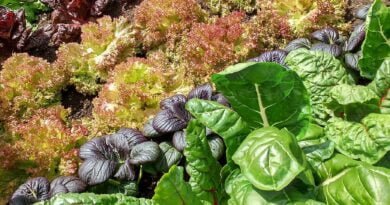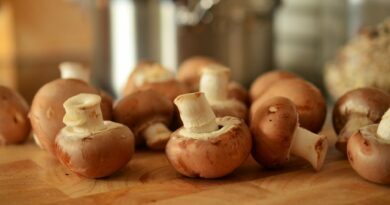Organic Potato Growing Guide: Tips, Varieties, and Benefits for Allotment Owners
As an allotment owner, one of the most satisfying and rewarding experiences is growing your own potatoes. Not only are potatoes a versatile and nutritious staple, but they also provide a sense of accomplishment when you harvest them from your own plot. In this detailed guide, we will walk you through the process of growing potatoes on your allotment, including selecting varieties, understanding their health benefits, and exploring meal ideas that will make the most of your homegrown potatoes.

Choosing Potato Varieties:
Potatoes come in various shapes, sizes, and flavors. When selecting potato varieties for your allotment, consider options like first earlies, second earlies, and maincrop potatoes. Some popular varieties include ‘Rocket,’ ‘Arran Pilot,’ ‘Duke of York,’ ‘Charlotte,’ ‘Maris Peer,’ ‘Kestrel,’ ‘Maris Piper,’ ‘Desiree,’ and ‘King Edward.’ Choose varieties that suit your taste preferences and growing conditions.
Preparing the Soil:
Potatoes thrive in well-drained, fertile soil. Prepare your soil by clearing the area of weeds, rocks, and debris. Loosen the soil using a fork or garden tiller to a depth of about 15-20cm. Incorporate organic matter like compost or well-rotted manure to improve soil fertility and structure.
Planting Potatoes:
Start by chitting your seed potatoes. Place them in a cool, light area to encourage sprouting. Dig trenches or individual holes with proper spacing, leaving enough room between rows. Plant your seed potatoes with the sprouts facing upward, about 10-15cm deep. Cover the potatoes with soil and gently firm it down.
Caring for Potatoes:
Potatoes require regular care to ensure healthy growth and a bountiful harvest. Here are essential care tips for your potato plants:
- Watering: Keep the soil consistently moist, especially during dry spells. Aim to provide about 2.5cm of water per week, adjusting based on rainfall.
- Fertilising: Potatoes benefit from organic fertilisers rich in nitrogen, phosphorus, and potassium. Apply a balanced organic fertiliser or compost when planting and side-dress with additional compost as the plants grow.
- Mulching: Apply a layer of organic mulch, such as straw or wood chips, around the potato plants. Mulching helps retain moisture, suppress weeds, and regulate soil temperature.
- Hilling: As the potato plants grow, mound soil around the base of the stems to encourage tuber development and prevent greening. Repeat this process every few weeks until the plants reach maturity.
Harvesting and Storage:
The exciting moment arrives when it’s time to harvest your potatoes. Harvesting timelines depend on the variety and can range from 60-150 days. Harvest first earlies when the plants have finished flowering. For second earlies and maincrop potatoes, wait until the foliage turns yellow and dies back completely. Carefully dig up the potatoes, allowing them to dry for a few hours on the soil surface. Store your harvested potatoes in a cool, dark, and well-ventilated place to prolong their shelf life.

Health Benefits of Potatoes:
Potatoes offer a range of health benefits, making them a nutritious addition to your diet. They are a good source of vitamins, minerals, dietary fiber, and energy. Potatoes support digestive health, provide essential nutrients like vitamin C and potassium, and offer antioxidant properties that protect the body against free radicals.
Meal Ideas with Homegrown Potatoes:
Your homegrown potatoes can be the star ingredient in a variety of delicious meals. Roast them, mash them, make potato salads or soups, or try your hand at potato pancakes. Explore different cooking methods, seasonings, and ingredients to make the most of your homegrown potatoes. Here are some meal ideas to inspire your culinary adventures:
- Roasted Potatoes: Toss chopped potatoes with olive oil, salt, and your favorite herbs, then roast them in the oven until golden and crispy. They make a delightful side dish for any meal.
- Mashed Potatoes: Boil potatoes until tender, then mash them with butter, milk, and seasonings to create a creamy and comforting side dish. Serve them alongside roasted meats or as a base for shepherd’s pie.
- Potato Salad: Boil diced potatoes until fork-tender, then combine them with a tangy dressing, chopped vegetables like celery and red onion, and fresh herbs like parsley or dill. It’s a refreshing and classic summer salad.
- Potato Soup: Create hearty and flavorful soups by blending cooked potatoes with vegetable or chicken broth, herbs, and spices. Add in your favorite vegetables, such as carrots, leeks, or corn, and enjoy a comforting bowl of soup on a chilly day.
- Potato Pancakes: Grate potatoes and mix them with flour, eggs, and seasonings to form a batter. Pan-fry the mixture until golden brown, and serve the crispy potato pancakes with sour cream or applesauce for a tasty breakfast or snack.
- Potato Curry: Dice potatoes and cook them in a flavorful curry sauce with spices like turmeric, cumin, and coriander. Serve the aromatic potato curry with rice or naan bread for a satisfying vegetarian meal.
- Potato and Vegetable Stir-Fry: Cut potatoes into bite-sized pieces and stir-fry them with a mix of colorful vegetables like bell peppers, broccoli, and snap peas. Add your choice of sauce or seasoning for a quick and nutritious stir-fry dish.

The possibilities are endless when it comes to incorporating homegrown potatoes into your meals. Feel free to experiment with different recipes, flavors, and cooking techniques to make the most of your harvest.
Growing potatoes on your allotment is a rewarding and fulfilling experience. By following the steps outlined in this guide, selecting suitable potato varieties, understanding their health benefits, and exploring various meal ideas, you can enjoy the satisfaction of harvesting and enjoying your own homegrown potatoes. From crispy roasted potatoes to creamy mashed potatoes and flavorful soups, there are countless ways to savor the deliciousness of this versatile vegetable. Happy growing and bon appétit!




